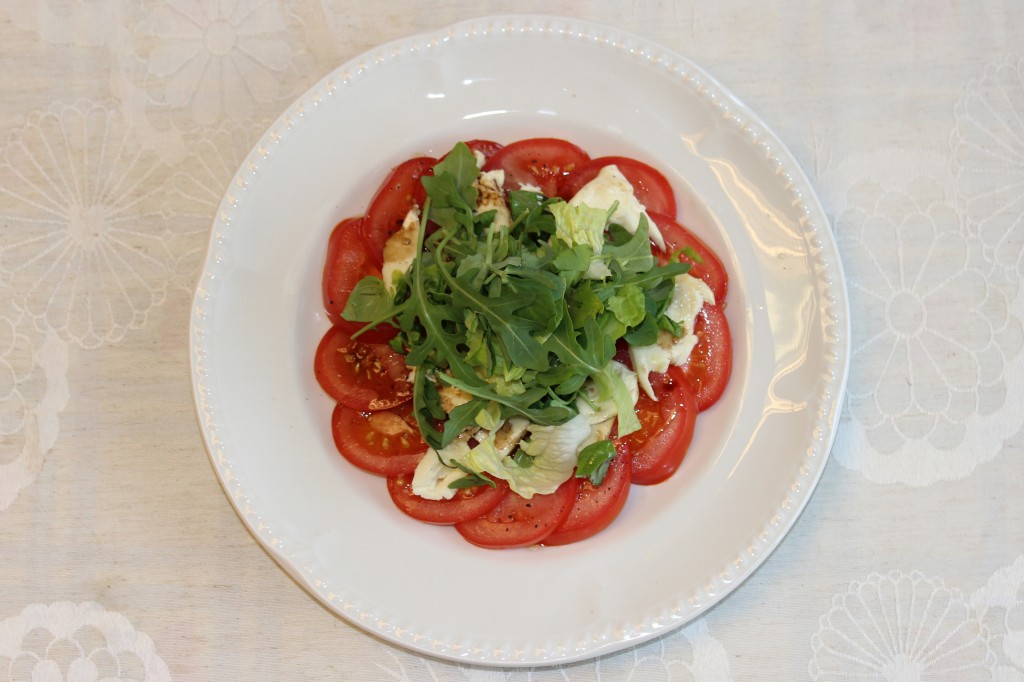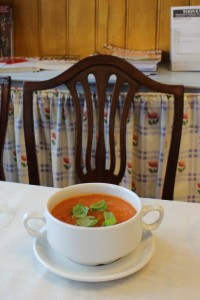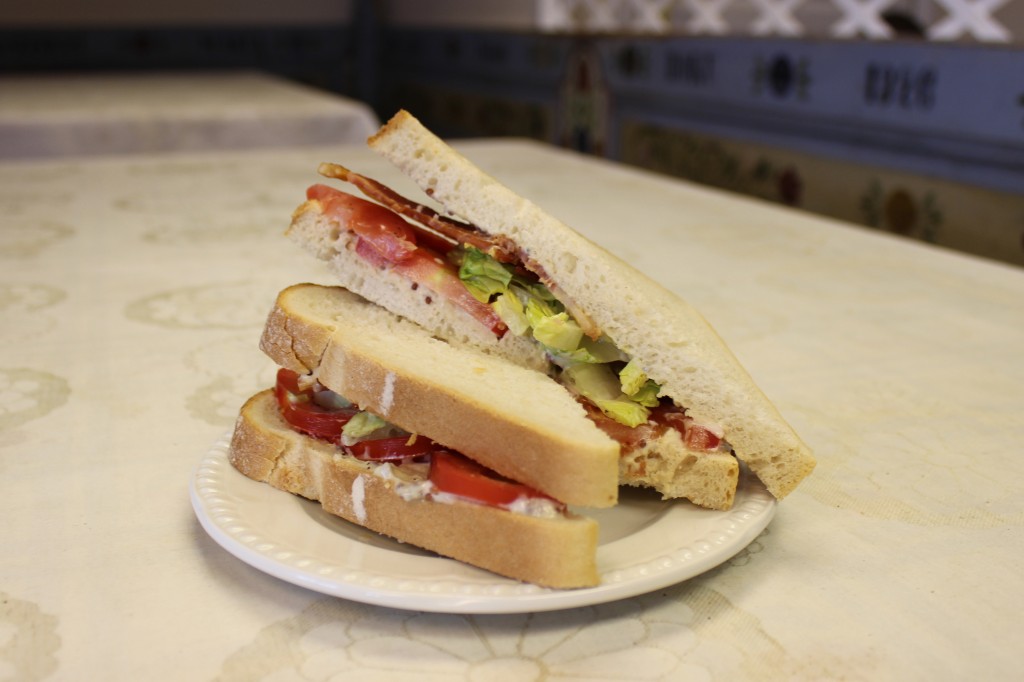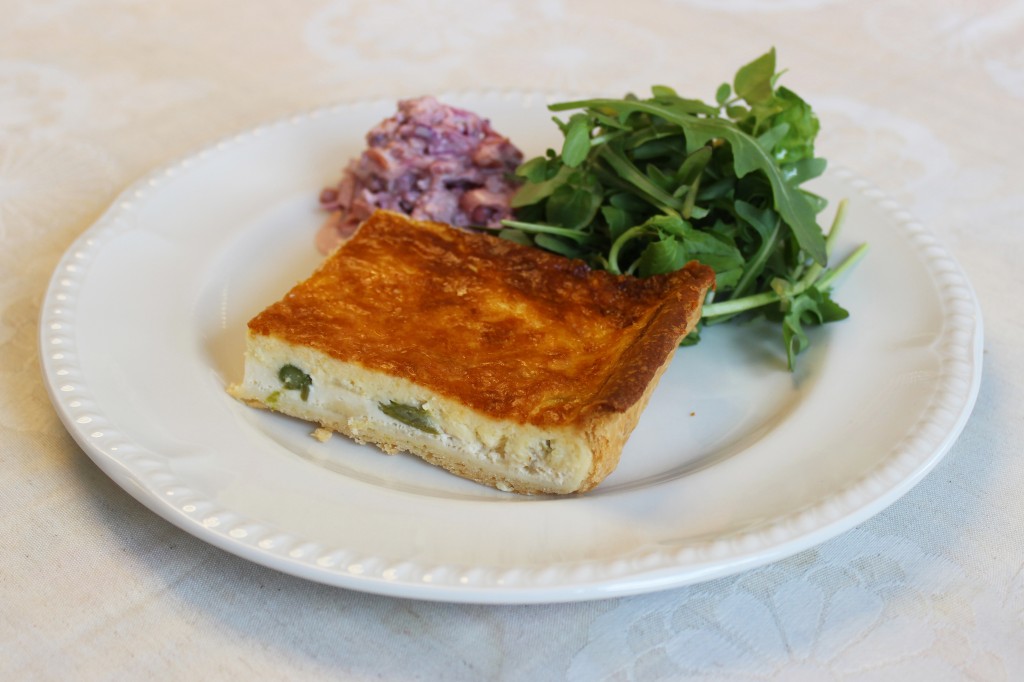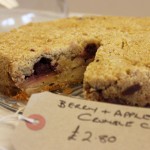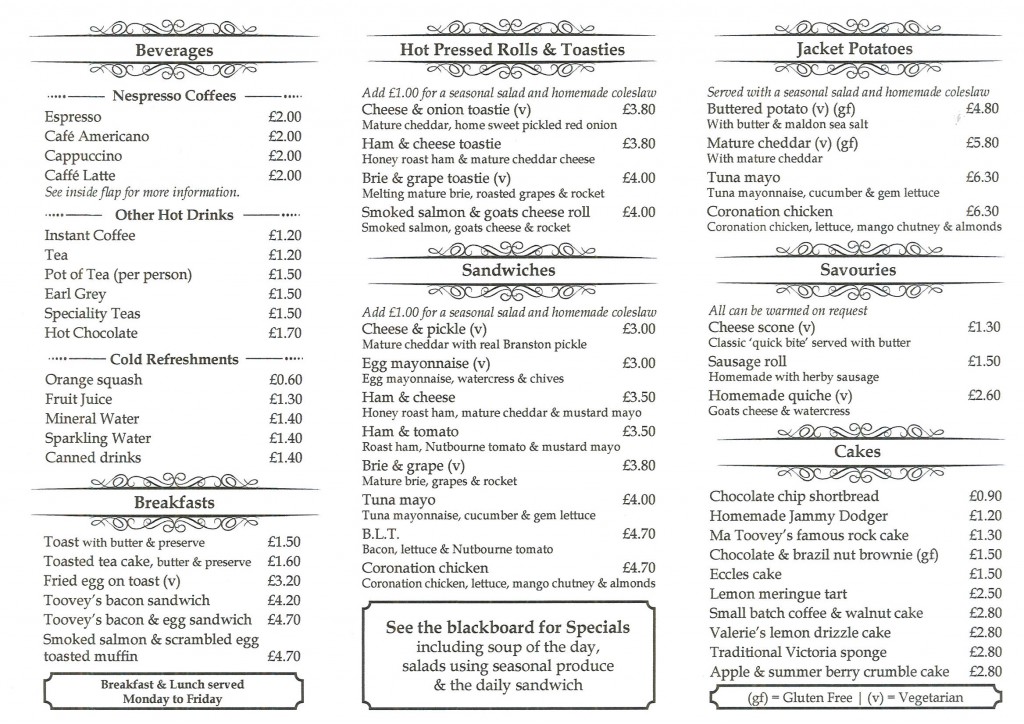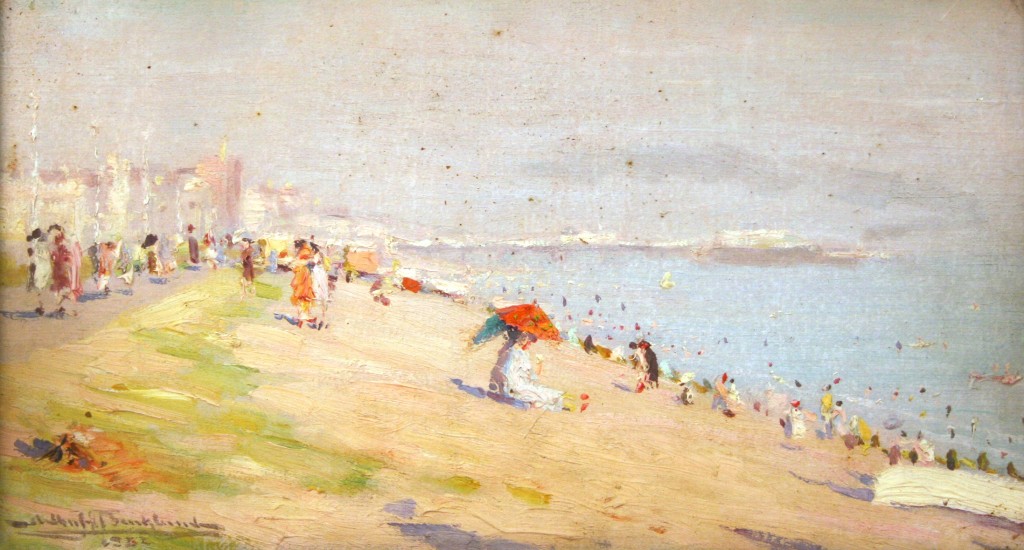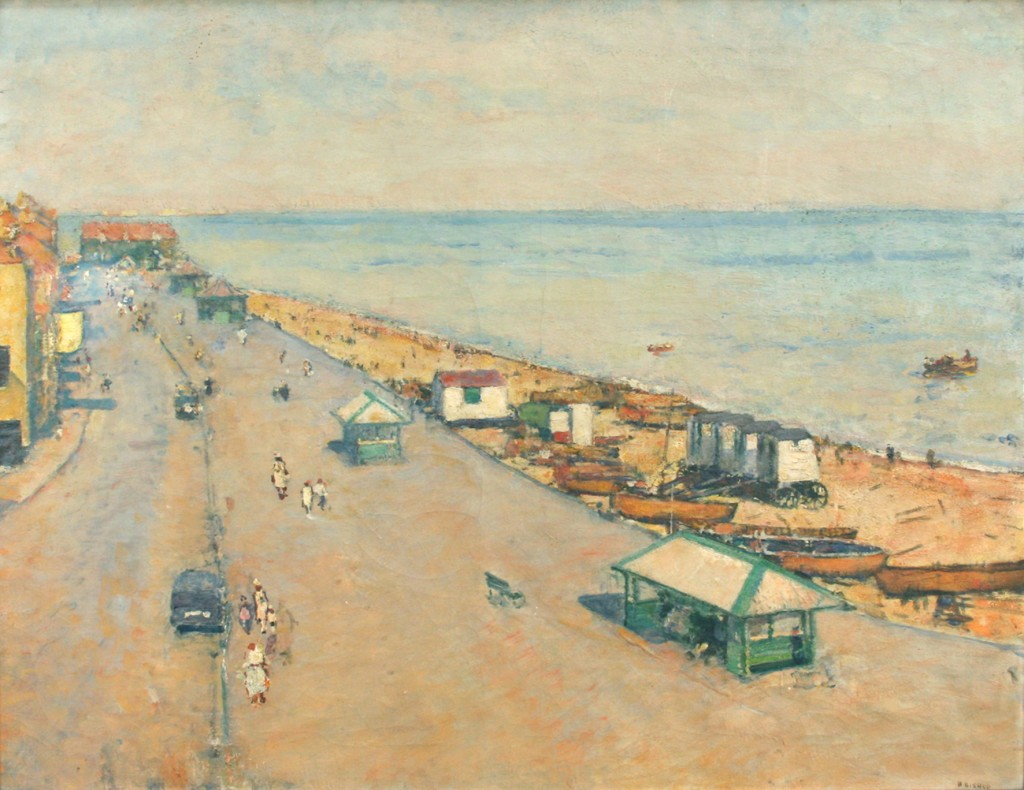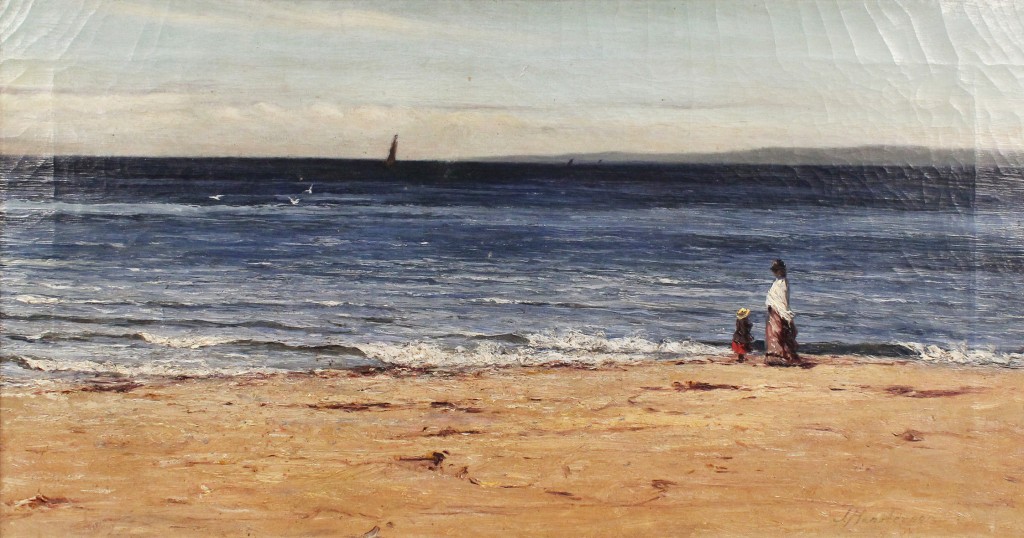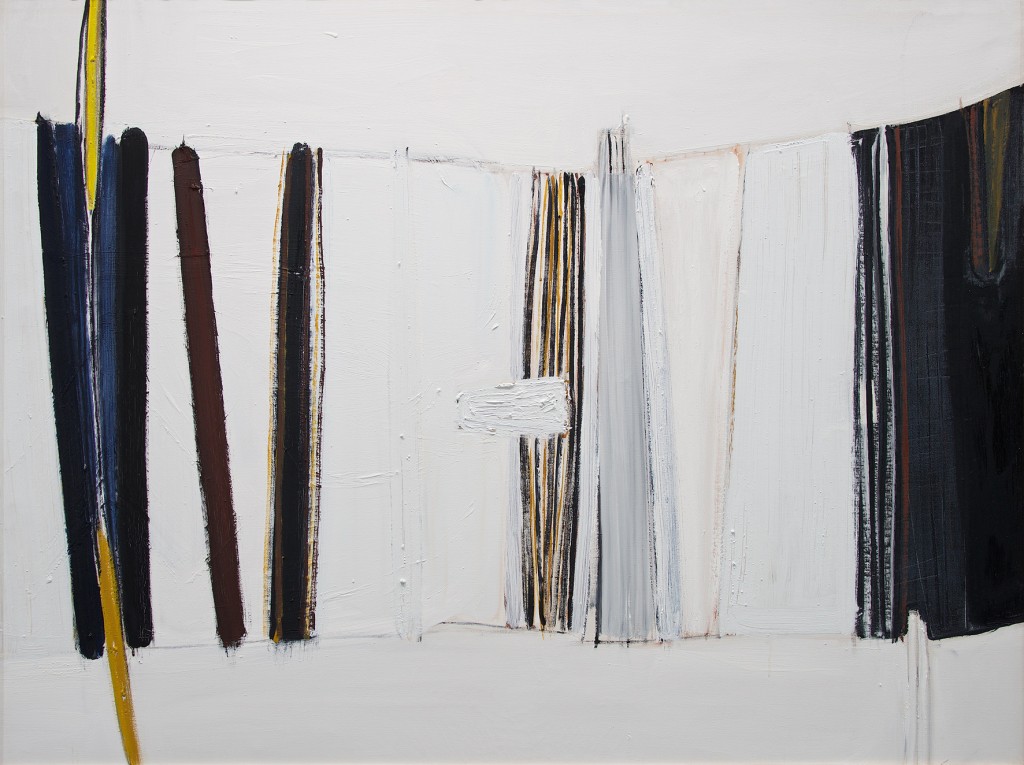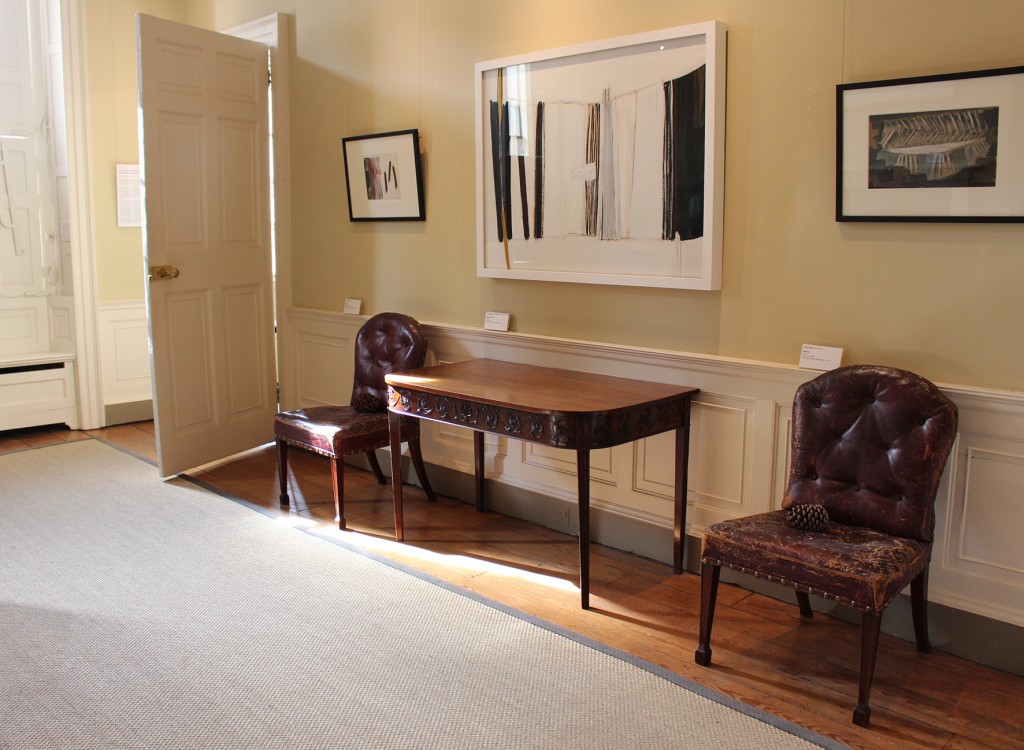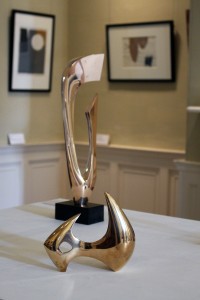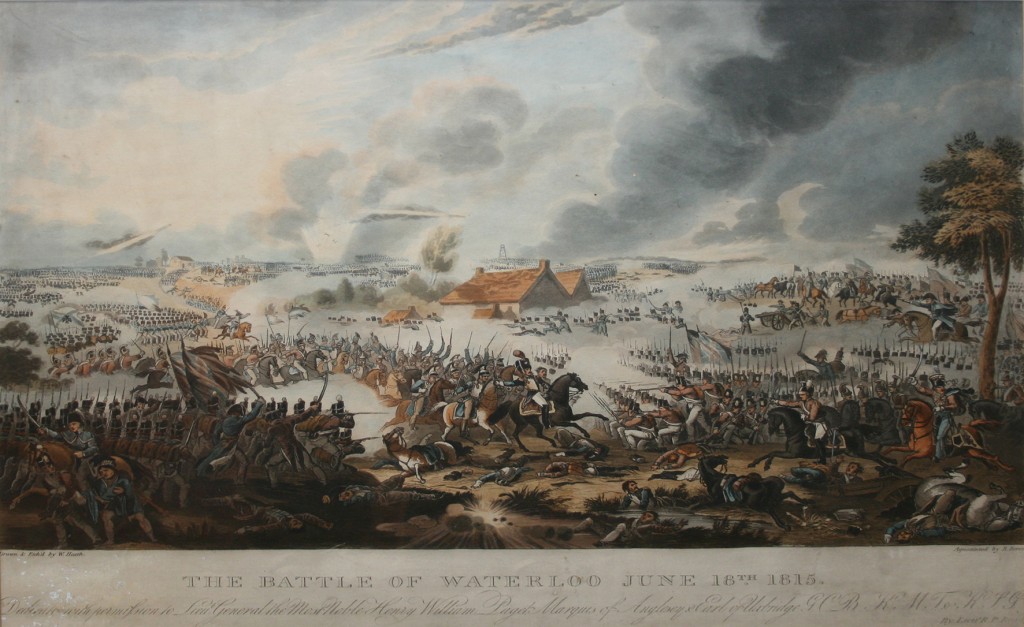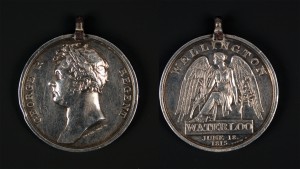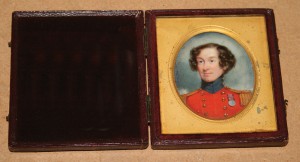
This week I am visiting Parham House in West Sussex as preparations for their 22nd annual Garden Weekend are in full swing. For me this quintessential celebration of our passion for gardening is one of the highlights of the Sussex summer calendar. This year’s event will be opened by the celebrity gardener and broadcaster, Rachel de Thame.
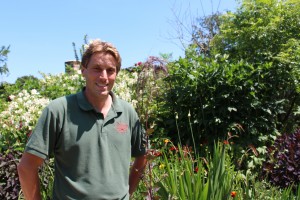
As I arrive at Parham the scene is one of great activity. An enormous cherry picker fills the courtyard, they have been tending the ancient roses on the walls of the house. Lady Emma Barnard greets me with a wave from the far side of the fountain as Head Gardener, Tom Brown, welcomes me. Tom and I walk through an ancient wooden archway and door, its russet paint complimenting the silver grey of the stone buildings. On the other side the stillness which gathers you at Parham is immediately apparent.
As we walk towards the walled garden Tom begins to talk about the gardens and his role as Parham’s Head Gardener. His face is alive with enthusiasm as he says “The garden is bigger than all of us. It’s humbling to look at how this garden behaves and its needs.” I remark on how I have always loved the naturalistic planting at Parham. Its swathes of colour and textures interact with the movement of light and a gentle breeze in the walled gardens. Tom responds “The palette of the plants is very important to the ‘Parham way’, as are the big opulent artistic borders. But this is underpinned by a rigour in the way we approach our work in the garden.” It quickly becomes apparent that I am in the company of an accomplished and sensitive horticulturist who has the rare gift of observing well. He describes how he is attentive to the way that plants respond to the garden and also people’s reactions to it. There is a quality of the relational, a deep sense of stewardship, in Tom’s approach. It is also clear that he has an awareness of his place in the ongoing story of this ancient house and garden and an understanding of the responsibilities of his position.

Our conversation turns to Tom’s team and the creativity it embodies. He talks with obvious respect and pride as he describes how Peta, Henry, Max, Jake and Sam bring different gifts and experience. He remarks “There is a sense of ownership for all of us with belonging to a team.” This is a team defined by respectful dialogue. There is respect both for the members of the team and the garden.
As we talk a visitor approaches us. She expresses her pleasure in the garden and Tom is clearly delighted. He stands and listens carefully to her question about planting in the shade of her garden. He responds generously and with expert advice.
Tom is clearly grateful for the time he spent at Wisley but his pleasure in the ‘canvas’ of these gardens, that Lady Emma’s patronage has given him to work on, is unmistakeable. Tom brings his generosity of spirit and depth of expertise to his role as he facilitates and leads the ongoing vision for these gardens. He loves the domestic qualities of his position too. He always ensures that there is a basket of fresh vegetables for Emma and her family when they return home and wonderful cut flowers for the house. That the gardens bless the family is very important to him. His generous care for the gardens, his team, the visitors, Lady Emma and her family is underpinned by the relational in all that he does. Tom is richly deserving of our thanks.
Parham House and Garden’s ‘Garden Weekend’ is on this coming Saturday and Sunday, 11th and 12th July 2015, 10.30am to 5.00pm. For more information go to www.parhaminsussex.co.uk or telephone 01903 742021. Tickets include the wonderful gardens and entry to the house and its superb collections. There will be a number of specialist nurseries and the opportunity to be inspired and take home some wonderful stock for your gardens. Don’t miss out on the marvellous cut summer flower arrangements in the house and the flower festival in St Peter’s church. I hope to see you there!
By Revd. Rupert Toovey. Originally published on 8th July 2015 in the West Sussex Gazette.
